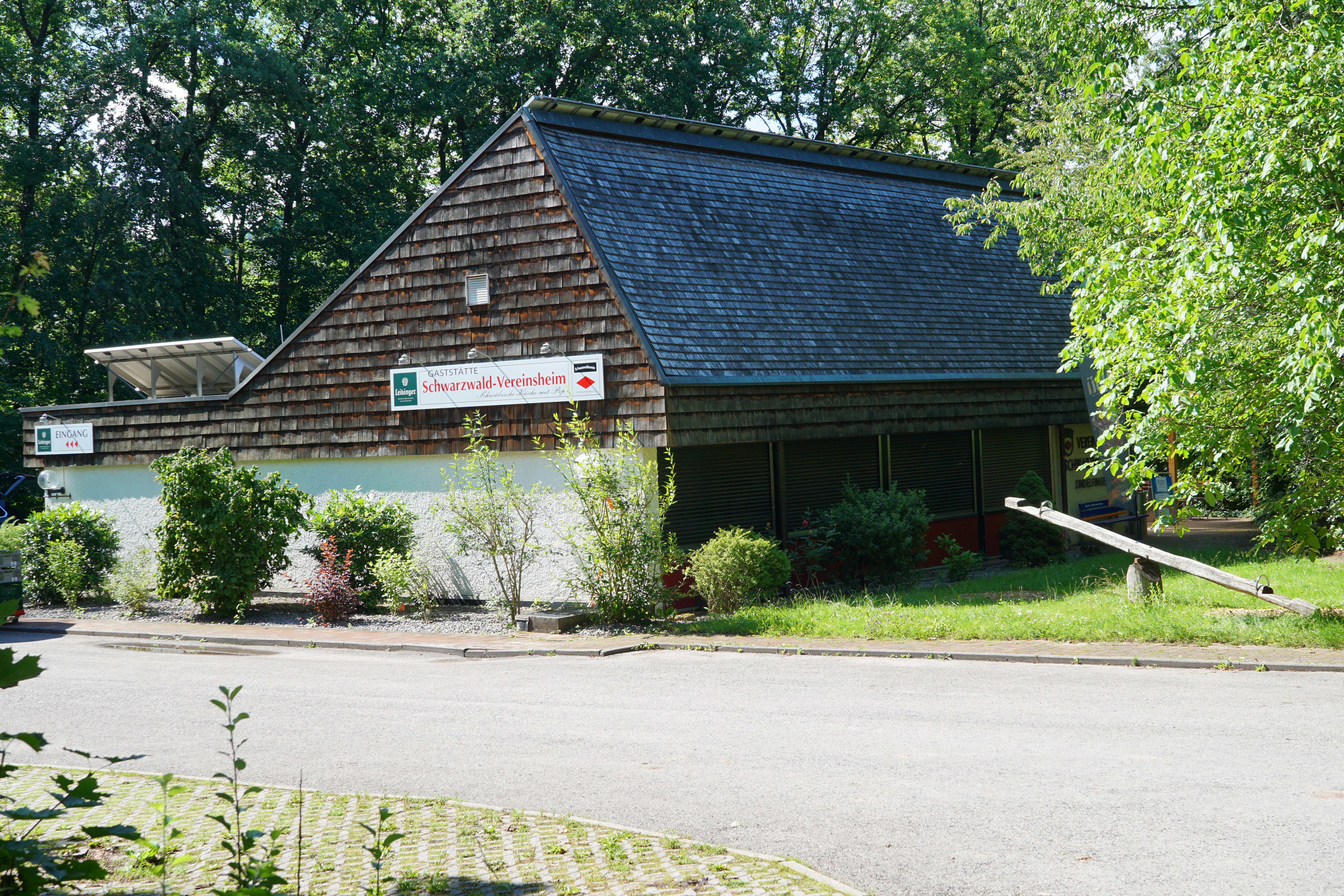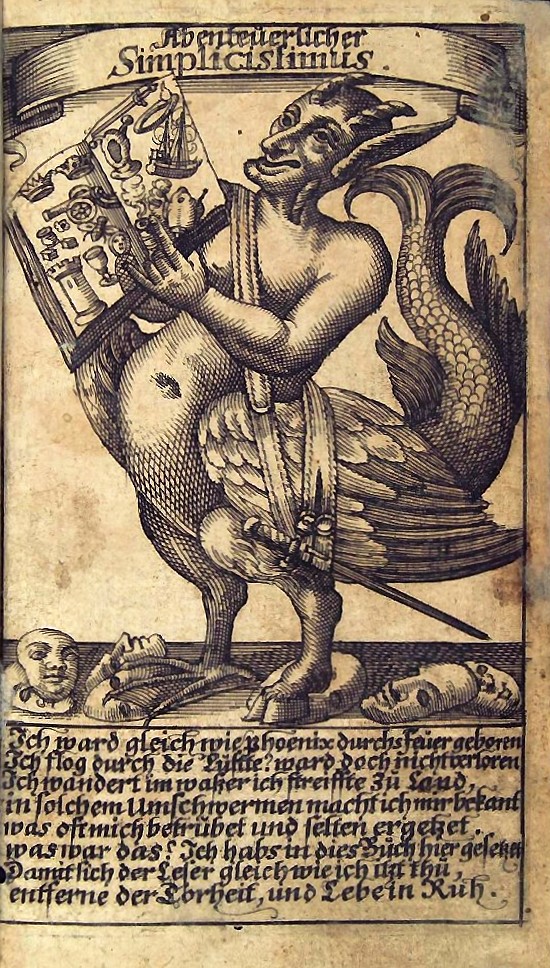|
Moos (mountain)
The Moos is a mountain range in the Central Black Forest in southern Germany. Its highest points are the ''Siedigkopf'' () and the ''Mooskopf'' (), actually the ''Geisschleifkopf''. The Moos is the local mountain or ''Hausberg'' of Gengenbach and Oppenau. The Moos separates the valleys of the Rench and the Kinzig in an east-west direction. At the same time the Nordrach valley and theformerly free imperial valley of the Harmersbach rise on it and flow in a north-south direction. Due to its formerly dense and dark afforestation, the Moos is the scene of numerous legends and legendary figures. A leading character that appears time and again is the ''Moospfaff'', an old monk from All Saints' Abbey, who on his way to an extreme unction lost the host and now searches around leads people astray whilst he tries to find the host. The fictional character Simplicius Simplicissimus, who is commemorated on a monument, from the novel ''Der abenteuerliche Simplicissimus'' by Hans Jakob Chris ... [...More Info...] [...Related Items...] OR: [Wikipedia] [Google] [Baidu] |
Baden-Württemberg
Baden-Württemberg (; ), commonly shortened to BW or BaWü, is a German state () in Southwest Germany, east of the Rhine, which forms the southern part of Germany's western border with France. With more than 11.07 million inhabitants across a total area of nearly , it is the third-largest German state by both area (behind Bavaria and Lower Saxony) and population (behind North Rhine-Westphalia and Bavaria). As a federated state, Baden-Württemberg is a partly-sovereign parliamentary republic. The largest city in Baden-Württemberg is the state capital of Stuttgart, followed by Mannheim and Karlsruhe. Other major cities are Freiburg im Breisgau, Heidelberg, Heilbronn, Pforzheim, Reutlingen, Tübingen, and Ulm. What is now Baden-Württemberg was formerly the historical territories of Baden, Prussian Hohenzollern, and Württemberg. Baden-Württemberg became a state of West Germany in April 1952 by the merger of Württemberg-Baden, South Baden, and Württemberg-Hohenzollern. The ... [...More Info...] [...Related Items...] OR: [Wikipedia] [Google] [Baidu] |
All Saints' Abbey (Black Forest)
{{disambig ...
All Saints' Abbey may refer to: * All Saints' Abbey (Baden-Württemberg) * All Saints' Abbey (Switzerland) Kloster Allerheiligen (All Saints abbey) is a former Benedictine monastery in the Swiss municipality of Schaffhausen in the Canton of Schaffhausen. The church ''Münster Allerheiligen'' is the oldest building in Schaffhausen, and houses also the ' ... [...More Info...] [...Related Items...] OR: [Wikipedia] [Google] [Baidu] |
Hurricane Lothar
A tropical cyclone is a rapidly rotating storm system characterized by a low-pressure center, a closed low-level atmospheric circulation, strong winds, and a spiral arrangement of thunderstorms that produce heavy rain and squalls. Depending on its location and strength, a tropical cyclone is referred to by different names, including hurricane (), typhoon (), tropical storm, cyclonic storm, tropical depression, or simply cyclone. A hurricane is a strong tropical cyclone that occurs in the Atlantic Ocean or northeastern Pacific Ocean, and a typhoon occurs in the northwestern Pacific Ocean. In the Indian Ocean, South Pacific, or (rarely) South Atlantic, comparable storms are referred to simply as "tropical cyclones", and such storms in the Indian Ocean can also be called "severe cyclonic storms". "Tropical" refers to the geographical origin of these systems, which form almost exclusively over tropical seas. "Cyclone" refers to their winds moving in a circle, whirli ... [...More Info...] [...Related Items...] OR: [Wikipedia] [Google] [Baidu] |
Rench Valley Trail
The Rench Valley Trail (german: Renchtalsteig) is a 98-kilometre-long 'prestige hiking trail (''Prädikatswanderweg'') in the Central/North Black Forest Nature Park in Germany. It runs in five stages around the Rench valley with its start and finish near Oberkirch. History The Rench Valley Trail was first certified on 15 January 2011 by the German Rambling Association as a high quality German trail (''Qualitätsweg Wanderbares Deutschland'') and opened on 22 May 2011. Short description From its starting point in Bottenau the Rench Valley Trail runs through vineyards to Schloss Staufenberg and continues to the Mooskopf with its Moos Tower. With steep ascents and descents in places, the route runs along the southern side of the Rench valley past Oppenau and Bad Peterstal to the Alexanderschanze The Alexanderschanze (Alexander's Redoubt) is a mountain pass, , on the B 28 federal road at Freudenstadt in the Northern Black Forest in southern Germany. In the vicinity is ... [...More Info...] [...Related Items...] OR: [Wikipedia] [Google] [Baidu] |
Gengenbach–Alpirsbach Black Forest Trail
The Gengenbach–Alpirsbach Black Forest Trail (german: Schwarzwald-Querweg Gengenbach–Alpirsbach) is a long distance path through the Central Black Forest in Germany. The 51-kilometre-long east-west route is sponsored and maintained by the Black Forest Club. Its waymark is a blue diamond on a yellow background. Route description The trail begins in Gengenbach in the lower Kinzig valley and runs parallel to the river and across the Northern Black Forest. In three stages it crosses the valleys of the Nordrach, Wolf and Kleine Kinzig. In addition the east-west route crosses the three great long distance paths of the Black Forest Club: the '' Westweg'', '' Mittelweg'' and ''Ostweg''. At the end point in Alpirsbach it reaches the Kinzig valley again. The uphill and downhill sections are mainly on hiking trails, level sections (especially on the second stage) follow forest tracks that are usually gravelled. Day tours/stages First stage: Gengenbach – Nordrach (Moosma ... [...More Info...] [...Related Items...] OR: [Wikipedia] [Google] [Baidu] |
Black Forest Club
The Schwarzwaldverein (Black Forest Club or Black Forest Association) was founded in Freiburg im Breisgau (Germany) in 1864, making it the oldest German hiking and mountaineering club. The Schwarzwaldverein has almost 90,000 members in 241 local chapters. Activities of the club include hiking, environmental protection, the promotion of local culture ('' Heimatpflege''), trail maintenance, and family and youth work projects in the Black Forest. Organisation The Schwarzwaldverein consists of the main association and 241 independent local member chapters. The local chapters are organized into 17 regions, and have a membership of almost 90,000 members. The executive committee consists of three members, and the current president is Eugen Dieterle. In addition to the executive committee, there are nine divisional officers, each of whom is responsible for coordinating specific parts of the club's activities. The main offices are in Freiburg. Trail Maintenance The Schwarzwaldvere ... [...More Info...] [...Related Items...] OR: [Wikipedia] [Google] [Baidu] |
Thirty Years' War
The Thirty Years' War was one of the longest and most destructive conflicts in European history The history of Europe is traditionally divided into four time periods: prehistoric Europe (prior to about 800 BC), classical antiquity (800 BC to AD 500), the Middle Ages (AD 500 to AD 1500), and the modern era (since AD 1500). The first early ..., lasting from 1618 to 1648. Fought primarily in Central Europe, an estimated 4.5 to 8 million soldiers and civilians died as a result of battle, famine, and disease, while some areas of what is now modern Germany experienced population declines of over 50%. Related conflicts include the Eighty Years' War, the War of the Mantuan Succession, the Franco-Spanish War (1635–1659), Franco-Spanish War, and the Portuguese Restoration War. Until the 20th century, historians generally viewed it as a continuation of the religious struggle initiated by the 16th-century Reformation within the Holy Roman Empire. The 1555 Peace of Augsburg atte ... [...More Info...] [...Related Items...] OR: [Wikipedia] [Google] [Baidu] |
Hans Jakob Christoffel Von Grimmelshausen
Hans Jakob Christoffel von Grimmelshausen (1621/22 – 17 August 1676) was a German author. He is best known for his 1669 picaresque novel ''Simplicius Simplicissimus'' (german: link=no, Der abenteuerliche Simplicissimus) and the accompanying ''Simplician Scriptures'' series. Early life Grimmelshausen was born at Gelnhausen. At the age of ten he was kidnapped by Hessian soldiery, and in their midst experienced military life in the Thirty Years' War. In 1639 he became a regular soldier in the Imperial Army. At the latest in the year 1644 he worked as a writer in a regiment's chancellery—from that year on documents by Hans Jakob Christoffel exist. At the close of the war, Grimmelshausen entered the service of Franz Egon von Fürstenberg, bishop of Strasbourg. In 1665, he was made magistrate (german: link=no, Schultheiß) at Renchen in Baden. On obtaining this appointment, he devoted himself to literary pursuits. Works Grimmelshausen's work is greatly influenced by ... [...More Info...] [...Related Items...] OR: [Wikipedia] [Google] [Baidu] |
Der Abenteuerliche Simplicissimus
''Simplicius Simplicissimus'' (german: link=no, Der abenteuerliche Simplicissimus Teutsch) is a picaresque novel of the lower Baroque style, written in 1668 by Hans Jakob Christoffel von Grimmelshausen and probably published the same year (although bearing the date 1669). Inspired by the events and horrors of the Thirty Years' War which devastated Germany from 1618 to 1648, it is regarded as the first adventure novel in the German language and the first German novel masterpiece. The full subtitle is "The account of the life of an odd vagrant named Melchior Sternfels von Fuchshaim: namely where and in what manner he came into this world, what he saw, learned, experienced, and endured therein; also why he again left it of his own free will." Plot overview The novel is told from the perspective of its protagonist Simplicius, a rogue or picaro typical of the picaresque novel, as he traverses the tumultuous world of the Holy Roman Empire during the Thirty Years' War. Raised by a p ... [...More Info...] [...Related Items...] OR: [Wikipedia] [Google] [Baidu] |
Simplicius Simplicissimus
''Simplicius Simplicissimus'' (german: link=no, Der abenteuerliche Simplicissimus Teutsch) is a picaresque novel of the lower Baroque style, written in 1668 by Hans Jakob Christoffel von Grimmelshausen and probably published the same year (although bearing the date 1669). Inspired by the events and horrors of the Thirty Years' War which devastated Germany from 1618 to 1648, it is regarded as the first adventure novel in the German language and the first German novel masterpiece. The full subtitle is "The account of the life of an odd vagrant named Melchior Sternfels von Fuchshaim: namely where and in what manner he came into this world, what he saw, learned, experienced, and endured therein; also why he again left it of his own free will." Plot overview The novel is told from the perspective of its protagonist Simplicius, a rogue or picaro typical of the picaresque novel The picaresque novel ( Spanish: ''picaresca'', from ''pícaro'', for "rogue" or "rascal") is a genre ... [...More Info...] [...Related Items...] OR: [Wikipedia] [Google] [Baidu] |
Host (sacrament)
Sacramental bread, also called Communion bread, Eucharistic bread, the Lamb or simply the host ( la, hostia, lit=sacrificial victim), is the bread used in the Christian ritual of the Eucharist. Along with sacramental wine, it is one of two elements of the Eucharist. The bread may be either leavened or unleavened, depending on tradition. Catholic theology generally teaches that at the Words of Institution the bread's substance is changed into the Body of Christ (transubstantiation), whereas Eastern Christian theology generally views the epiclesis as the point at which the change occurs. Bread was also used in Jewish Temple ritual as well as in the religious rituals of Mandaeism, Mithraism, and other pagan cultures like that of ancient Egypt. Christianity Etymology of ''host'' The word ''host'' is derived from the Latin , which means 'sacrificial victim'. The term can be used to describe the bread both before and after consecration, although it is more correct to use ... [...More Info...] [...Related Items...] OR: [Wikipedia] [Google] [Baidu] |




